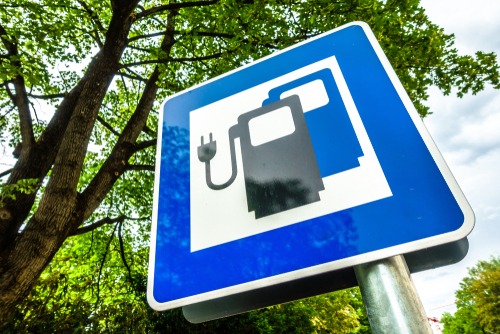
California Gov. Gavin Newsom touted his administration’s investments into transportation and infrastructure during a visit to a Santa Clara Depot rail station Thursday.
Newsom’s California Blueprint plan would invest $9.1 billion in climate-friendly clean transit projects, $2.3 billion to support ports and goods movement, and an additional $6.1 billion to accelerate the state’s transition to zero-emission vehicles. The additional funds for zero-emission vehicles bring the state’s funding in affordable zero emission cars, clean trucks, and clean buses to $10 billion.
“These bold investments will deliver safer, faster, and greener transportation options connecting communities across the state while creating thousands of jobs and tackling our largest source of harmful pollution and emissions,” said Governor Newsom. “With California on the frontlines of the intensifying climate crisis, the state is committed to building a clean transportation future that protects the health of our communities, environment, and economy.”
According to the governor’s office, transportation, including the production and deployment of fuels, is the state’s largest source of greenhouse gas emissions. The state’s commitment to decarbonizing the transportation sector will also advance the state’s affordability goals, the governor said, increasing access to opportunity and amenities through a network of affordable, clean transportation options and zero-emission vehicle innovations, which should drive costs down.
The proposed California Blueprint package includes $4.9 billion for transit and rail projects that improve connectivity, climate adaptation, bicycle and pedestrian safety, and locally driven initiatives. The package also proposes $4.2 billion in investments for the state’s High-Speed Rail project, as well as projects that encourage active modes of transportation and improve equity and safety. The package would take advantage of additional federal infrastructure investments, the governor’s office said.
The package also proposes $1.2 billion for port-related infrastructure projects to address supply chain issues.